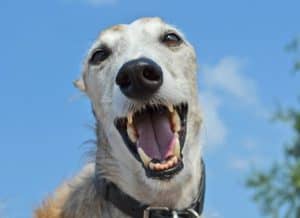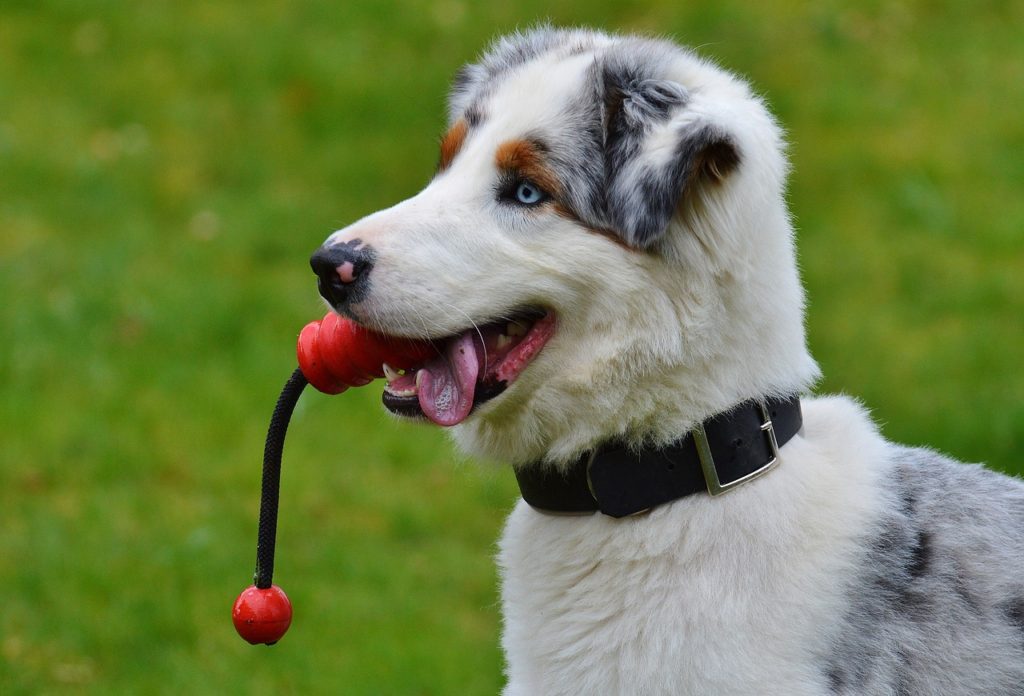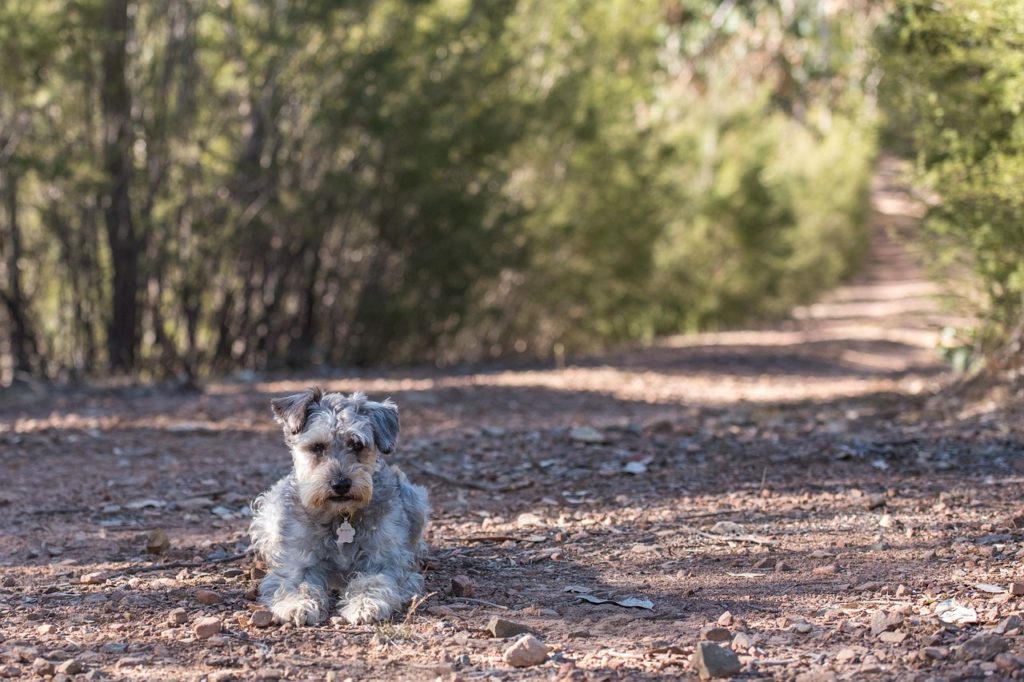
Common Causes of Pet Tooth Decay
Tooth decay is a very common problem with cats and dogs. Periodontal disease is the most common disease found in cats. Tooth decay can begin as a common cavity and progress to something worse, from swollen gums, or inflammation.
Common Signs of Tooth Pain in Both Cats and Dogs
There are a number of universal signs of tooth pain in both cats and dogs. Bad breath will increase in both pets. Both cats and dogs will eat less. Both will also try to chew only on one side of the mouth, assuming the pain is contained to the other side of the mouth. Both cats and dogs may drool more than usual if they’re suffering with tooth pain (whether sleeping or awake). In the case of drooling you may notice blood in the liquid. You may also see noticeable changes in your dog’s or cat’s mouth. Look for swelling or gums that are bleeding or very red. Facial swelling is common in both cats and dogs as well. While these signs are universal, there are also a number of signs of tooth pain unique to each animal.
Signs of Tooth Pain in Cats
Cats have a few different unique dental concerns due to their constant grooming, making them more prone to tooth pain than dogs. They also like to hide it better. If you suspect your cat is having tooth pain watch for how it eats. Cats suffering with tooth pain may eat a lot of food quickly and often throw it up shortly thereafter. Cats suffering with tooth pain may only eat their food with their tongue.
Cats spend a large percentage of their time grooming. Usually up to 15% of the cat’s day is spent grooming. When a cat is suffering from tooth pain, it will groom less. If your cat’s coat seems more unkempt than usual it could be a sign of tooth pain.
Signs of Tooth Pain in Dogs
Tooth decay can start very early on in dogs, with most extractions starting around age 3. In dogs behavior tells the tale of the pet’s health. Dogs that are normally sociable that suddenly become shy could have tooth pain. If your dog suddenly doesn’t like it when you pet its head, it’s potentially trying to avoid the pain associated with the shaking that hurts its teeth. Dogs may also be less playful. It goes without saying the dog won’t want to play tug-of-war or pick up a ball if it has tooth pain.
Gum disease that is untreated may lead to sneezing that produces a nasal discharge. When eating the dog may yelp or whine and spit out the food.
It’s important for your cat or dog to have regular cleanings from your vet as part of its overall health plan. The cleanings will include X-rays that can catch these problems before they develop into something more serious. If your cat or dog is showing signs of tooth pain book an appointment with us today for a proper cleaning and examination.
For more cat and dog tips, news and advice follow us on Instagram.


